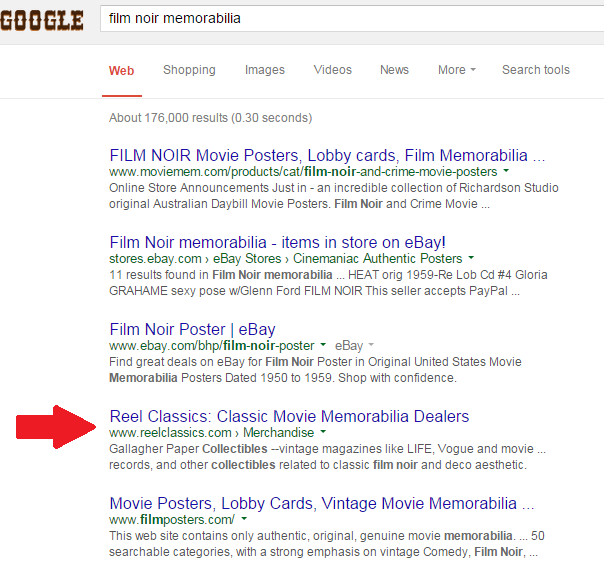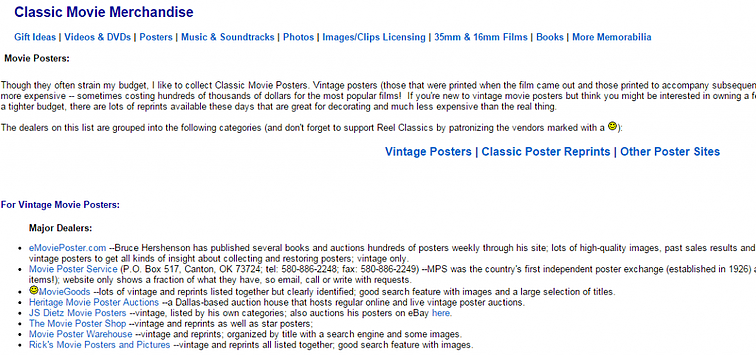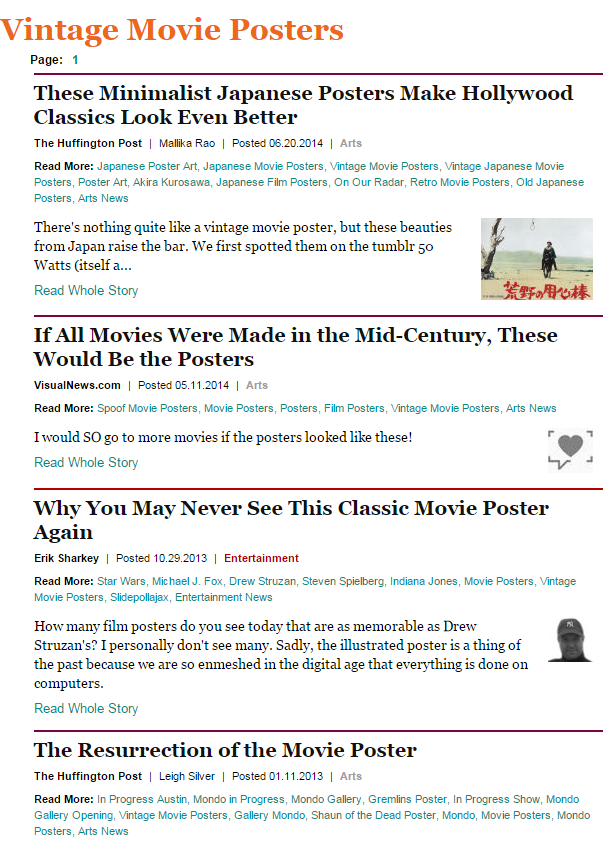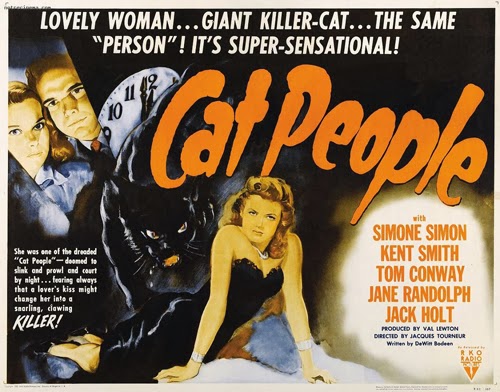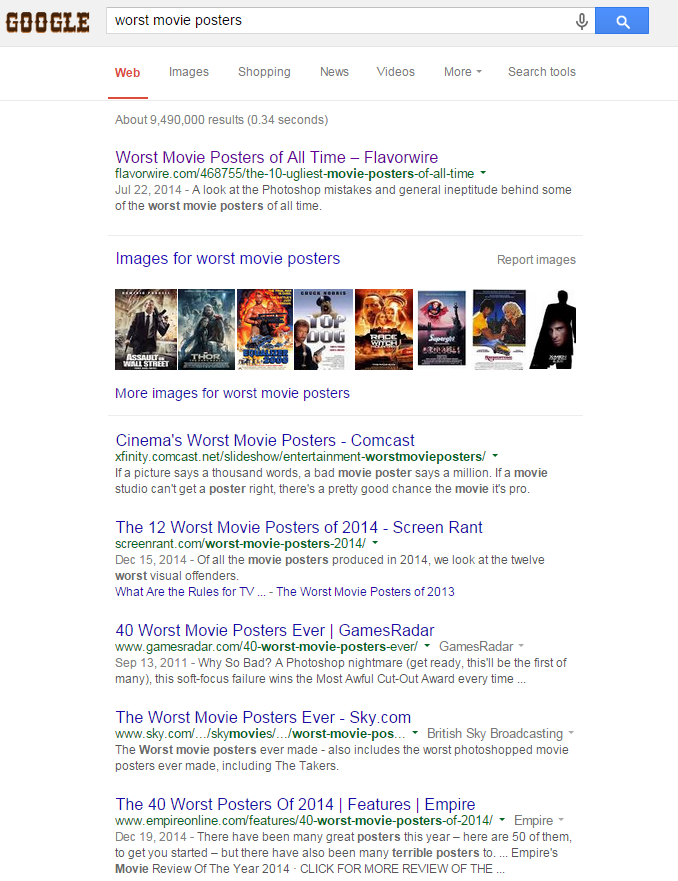Welcome back to another round of Tutorial Tuesday, folks! Let’s get right to the nitty-gritty, shall we?
People are talking about you behind your back. Are you making the most of it?
Frankly, your specific line of work is irrelevant. Even if we only considered the 2,000,000+ blog posts hitting the web every single day – a couple of those probably mention your brand, your industry, your services or products. Lest we forget, every offering has an audience. For instance, millions of people purchased a ‘Pet Rock’. Who can explain that? It doesn’t matter what you do or sell: someone wants it.
And someone on the internet is talking about it. The trick is finding these people and websites and turning the ‘mentions’ into actual links.
Branded mentions, or people referring to your business by name, are generally thought of as the least complicated method for securing legitimate backlinks. If someone is literally name-dropping your company, it’s usually just a matter of tracking down these sites and getting in touch with them. The overwhelming majority of the time, the author or site-owner is more than happy to turn these into live links.
The Linkarati team has written several articles on the topic of link prospecting using tools like Moz’s Fresh Web Explorer, citation features in BuzzStream, and Google Alerts. The focus was primarily on catching any and all mention of your brand. The aforementioned articles also provide detailed, step-by-step screenshots for using these tools.
Today we’re going to broaden the scope a bit. Let’s take a look at how to utilize “unbranded mentions” in your link building campaign…
Industry or Product Mentions
It doesn’t have to be you. It can be about what you do. Particularly if you’re a start-up or smaller business.
A site or page discussing your overall industry or niche has the potential to be even more lucrative than one simply stating your brand name somewhere within its copy. If someone mentions your brand, they already know you. If someone mentions your specific niche, you have the opportunity to introduce them to your company. Though the strategy can be easily manipulated – “Did someone say ‘best plumber in Boston’? That’s me!” – this method is entirely natural when done correctly.
As with overall industry, this type of link prospecting can also work for the actual merchandise or service you sell. It doesn’t matter whether your product can be defined as “underwater metal detectors” or “nursing degrees” or “embroidered farm animal yarn-art”.
Step One: Identify keywords and search strings
The point is to get specific. You want to be efficient with your time. If you sell shoes, your search string shouldn’t be “shoes”. You’ll be wading through pages and pages of irrelevant muck. “Red cowboy boots” or “Spice Girl platform shoes” or “those are actually slippers, silly” could actually point you in a few unique directions.
Let’s say you sell vintage movie posters. You already know that the primarily audience for your product is the cinephile community. However, there are many places ‘retro posters’ could fit into a discussion, without shoehorning promotional spam into real conversations. For instance:
- Go genre-specific. Noir films, Westerns, monster movies, etc. (Note: You can do this by country, era released, actor, director…)
- Any film memorabilia sites.
- Home or (let’s be honest) dorm room decor.
- Contemporary and popular art.
- Visual marketing materials.
- Auction sites, from Christie’s to Ebay.
- Articles offering tips for storing or flattening posters.
- A website solely dedicate to that Rita Hayworth poster from Shawshank Redemption. (It could happen!)
Step Two: Search it up
What if we zero in one aspect of the film poster game:
Most of these are my direct competition. Evidently, the vintage movie poster industry is flourishing. However, is that a resource page for classic movie memorabilia dealers I see? Reel Classics, eh? Let's check it out...
Step Three: Results
Yeah, so this Reel Classics resource page states that it hasn’t been updated since 2011, but it’s the fourth listing in the SERPs for “film noir memorabilia”. And I’m a ‘major dealer’ of vintage movie posters, so I’d still give it a shot.
Regardless of your company’s range, somewhere out there people are discussing what you do. If you have helpful, relevant content on the subject at hand, or anything that offers value to actual humans (including your expert opinion), get in the conversation. Find the organic place to offer a link.
Pretty basic stuff, eh? Let's take a look a couple more examples of "unbranded mentions"...
‘Mature’ Mentions
Sure, the bevy of “alerting” tools will send signals when someone mentions your brand or chosen keywords, forevermore. Tracking these for future opportunities will be immensely helpful…moving forward, that is. But what about old news?
Fresh Web Explorer only shows activity from the last four weeks. Hence the term “fresh”. Therefore, I’m referring to this section as “Mature Mentions”. Ideally, this means you’re on the hunt for older content with timeless qualities. Unfortunately, a very small portion of digital offerings can be reasonably labeled “evergreen content”. Regardless, any mention – no matter how old – is worth pursuing.
Will the editor or webmaster find your request to update an article from 2006 a tad strange? Perhaps. Around here, that wouldn’t stop us from trying, assuming it was sensible. For example:
I just discovered Huffington post has an entire categorized section for “vintage movie posters”. Honestly, I didn’t see that one coming. But it’s nice to know HuffPo writes stories about my hypothetical product fairly regularly. Duly noted.
Is something relatively lame, like a press release from six years ago, worth pursuing? That all depends on the referring site itself. Are we talking some random ‘mommy blog’ that hasn’t been updated since 2011? Or is it on…CNN?
To be fair, even if the article is still getting traffic from organic search, these types of links might be slightly less about directing potential customers to your site (since we don’t typically flock to blog posts written ten years ago) and more about the SEO value received from a high-authority backlink. However, this type of “SEO value” is just taking the long, scenic route to directing potential customers to your site. So it all ties in together, for the better, eventually.
People Mentions
If bloggers and other content creators aren’t actively discussing your brand, industry, or products, perhaps they are talking about someone in your company. Truthfully, this method won’t work for every client, but it’s another link building technique to keep an eye on if you have a “company face” or any authoritative public figure in your organization. Who might that be?
- The CEO of your company
- A popular professor
- An esteemed staff writer
- A controversial attorney
- Frankly, any vocal employee that has the chance of being name-checked or popping in a news story should be monitored accordingly. It all just depends.
A referential mention, a quote, being tagged in an AP picture…there are many ways in which someone can be personally cited without their knowledge. In my experience, webmasters and bloggers are generally very receptive to requests for personal attribution links.
Negative Mentions
Just because a post doesn't say what you want it to, doesn't mean you can't utilize it. This can even be done purposefully. I looked up “worst movie posters”. There are almost ten million results and the majority of them are super-legit sites.
What have I learned? Well, negative content is popular. I'll be joining this 'poster naysayer' party. Because that's where my audience resides.
Last year, I found myself in a quandary of principle. I had a client who made headlines, though not necessarily in a way they desired. This client was involved in a public mishap that was, quite literally, an accident. One that was no fault of their own. Though the incident was certainly nothing shameful, they still wanted to move past it as quickly as possible.
That’s understandable. But meanwhile, their company name was being splashed across every popular news site in the country. Their situation was unique enough to garner attention from the New York Times, Wall Street Journal, and every network or cable news blog. Securing natural, relevant links on those high-authority publishing platforms is no cakewalk. Businesses pay good money for that.
When fate (or the news cycle) delivers a ‘hot potato’ to your doorstep you can do one of two things:
1.) Chuck that spud to the nearest open hand and never look back.
2.) Pull out the butter, chives, bacon bits…and make yourself a loaded baked potato.
Our recommendation was that this company take advantage of their rare situation. This suggestion was rejected. They only saw the negative aspects of being linked, in a variety of ways, to this minor catastrophe. I wasn’t suggesting that we “spin” the story in their favor. That’s not my job. I was only suggesting we take free link equity where we can.
Conclusion
In the digital marketing landscape, monitoring your mentions is not only a way to keep track of your online reputation, it can also serve up a buffet of potential link opportunities. Finding unbranded mentions is a creative process that requires both common sense and abstract thinking. Upon inspection, I reckon you, your business, or your products, can fit into a number of molds. Your company is more than its most logical Dmoz category.
Finding these relevant digital neighborhoods, and reaching out to the appropriate people, is a solid strategy for building up your relevant backlink profile. More importantly, even if you don’t secure the link you’re attempting to get, you have the opportunity to build relationships with industry influencers, potential customers, or just awesome people in general. I call that a “win-win-win”.

